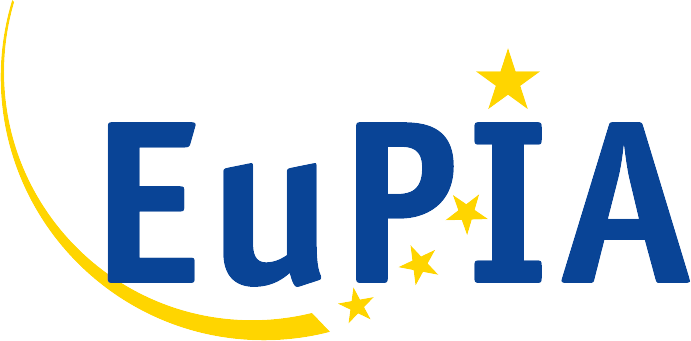Legislation
Food comes into contact with many materials and articles during its production, processing, storage, preparation and serving before its eventual consumption. Such materials and articles include food packaging and containers that might be printed.
Constituents of food contact materials that transfer from these materials into the food may affect the chemical safety -as well as the quality of the food, its taste and smell, and its appearance. To ensure a high level of food safety, all food contact materials must comply with Regulation (EC) No 1935/2004 on materials and articles intended to come into contact with food when placed on the European market. This is a framework regulation that does not cover many materials in detail yet. In addition to this regulation, all FCM must be manufactured in accordance with Good Manufacturing Practices (GMP, Commission Regulation (EC) No 2023/2006), and specific European Union legislation on certain materials, including on plastics and ceramics, as well as with national legislation on other materials.
A revision of the EU legislation on FCM was announced in May 2020 as part of the European Commission’s Farm to Fork Strategy, but despite several preparational steps, a new legal text is not foreseen before 2027 – with the result that as of 1 January 2026, the German ink ordinance will enter into force and become the most comprehensive EU national law. A Swiss ink ordinance has already been in place for more than a decade.
EuPIA has several Q&A documents to address the most relevant issues :
Since 2017 the so-called “Swiss Ordinance” (Ordinance on Materials and Articles in contact with Food SR 817.023.21) sets standards for printed food packaging materials in Switzerland. With the revision from December 2023 the Swiss authorities implemented some major changes. To provide clarity on these changes and the new provisions EuPIA and VSLF have issued the following guidance documents.
This document provides answers to frequently asked questions related to the legal status of FCM inks. A special focus is on questions relating to demonstrating compliance of printed FCM with the relevant legal provisions.
